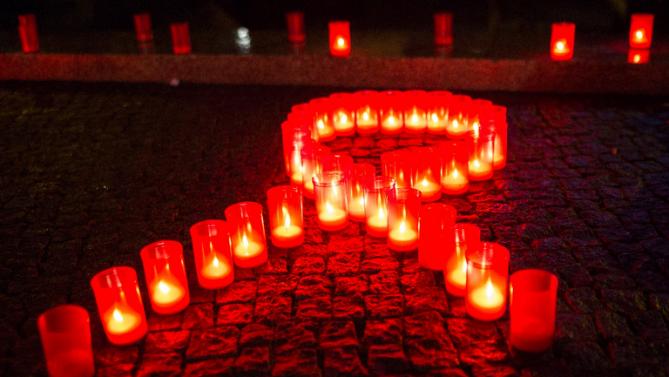Treatment literacy training for HIV infected people
Bhaktapur, April 12
A three-day treatment literacy training concluded in Bhaktapur today with the objective of reducing deaths among people living with HIV.
This training was also aimed at motivating them to come forward and increasing their access to treatment.
As social stigma and discrimination keep most people away from accessing services, such training is expected to encourage them to disclose the disease and receive treatment.
Antiretroviral therapy helps people living with HIV live longer and healthier lives.
HIV infected people living in the Kathmandu Valley, their caretakers and representatives from various organisations providing treatment and rehabilitation facilities to HIV patients participated in the training.
According to National HIV/AIDS Federation Nepal, this is the first training of its kind and is based on the course of international standard developed by the government.
Rajesh Didiya, director at Suruwat Nepal, said HIV patients were provided all information about treatment methods. “The rate of HIV infections and deaths associated with the virus are on the rise due to people’s unwillingness to disclose the disease,” he warned.
Ptakash Nath Yogi, training officer at the federation, informed that as many as 2,263 HIV/AIDS deaths were reported in 2015. At least 39,249 people are estimated to be living with HIV in Nepal, according to the National Centre for AIDS and STD Control.
As of July 2015, as many as 14,745 person infected with HIV are undergoing antiretroviral therapy compared to 11,089 in 2010. This shows that people’s access to ART has increased by 146 per cent during the period.
The first HIV case was reported in Nepal in 1988. As of July 2015, only 26,702, including 16,701 males, 9,942 females and 59 third genders were tested positive for HIV.
It means at least one-third of the people living with HIV have yet to be identified and the government has not been able to reach them so far.
Sex workers, people who inject drugs, men who have sex with men, clients of sex workers, migrant workers and their spouse or partners are more vulnerable to being exposed to HIV.






